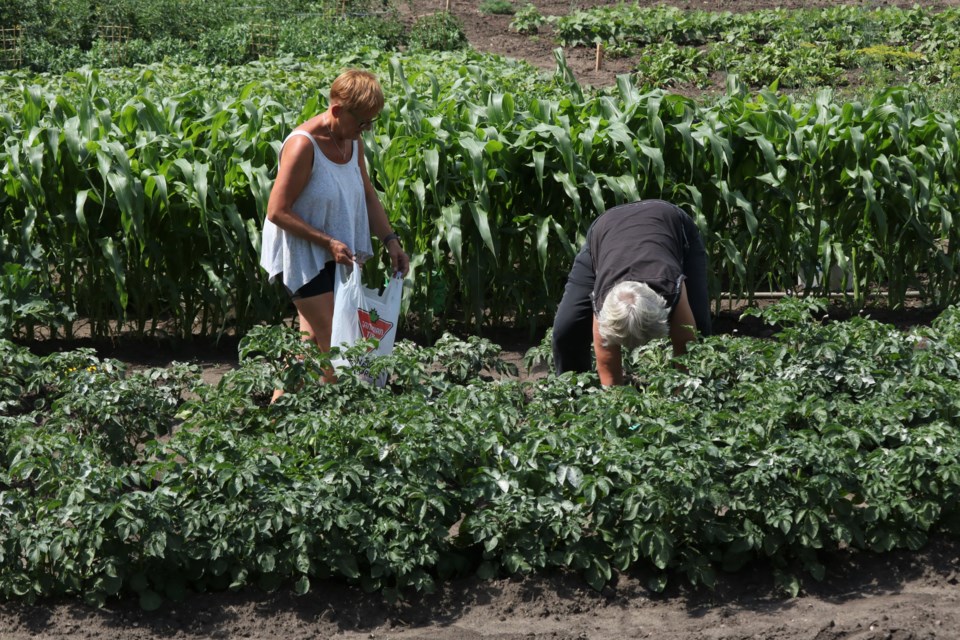YORKTON - If you would like to learn something new that will benefit your garden, compost is the topic.
And here is where you can find out more! The Yorkton and District Horticultural Society is having in-person meetings again. Our first meeting of the season was on Wednesday, Sept. 21, and was a field trip!
The plan was to learn, on site, about the City of Yorkton composting project at the Yorkton Landfill, north of the city. Following the presentation there, we will have a recap and a short meeting at the Godfrey Dean.
Well, gardeners, we went from struggling in the heat to watching the weather forecast for frost, almost overnight. The garden is winding down, so what should we be doing right now?
The impulse is to begin cleaning things up and pulling things out, but many of us want to wait. The garden is still growing, still playing catch-up from the setbacks of early summer.
We have a lot of volunteer cosmos that are bobbing gently in the breeze in our garden, but the bees and other pollinators are loving them, so we don’t want to pull them out yet. Likewise with our volunteer borage, another bee favourite. Our bee garden is doing very well in the new location, so we are leaving that alone for the time being.
And of course, we want to get every growing day we can for the tomatoes and peppers. We have already pulled up our onions. Someone asked me the other day: how do we know it is time to pull the onions? A basic question for new gardeners, so let’s review quickly. The first tell-tale clue is that they lay flat. When this happens, pull them out and lay them flat in a cool, dry spot so that they can dry and cure, for about two weeks. At this time, they can be “cleaned up” of any loose papery skin, and the stems can be broken off. Then the onions can be brought indoors.
Are you planning to bring any outdoor plants indoors for the winter? I have read, and heard from other gardeners, that we shouldn’t wait until the night when the temperatures plummet and then we start hauling in containers. Making the adjustment from outdoors to indoors should be done gradually with our plants, perhaps ten days to two weeks before frost. We can start off by bringing them in at night, and talking them out in the daytime, just to get them slowly adjusted to the new temperature.
Your plant may need to be transplanted. Do this early so that the plant is not going through the shock of transplanting and the shock of a new location all at once.
Also, be sure to check your plants for any bugs or diseases, and deal with them before you bring the plant indoors. There are many ideas of how to rid your plants of bugs before bringing them in for winter, so do some homework and see what will work best for you. Gentle soapy water or insecticidal soap are good starting points.
You may not be bringing in the whole plant, but slips. Every gardener has their favorite way to do this, but a healthy piece of the mother plant, about six inches long, cut below a leaf node,
dipped in rooting hormone then planted in a soiless mix will usually get your favorite plants on their way.
Fall is full of many tasks in our gardens: harvesting, transplanting, cleaning up. But it’s all satisfying work as the garden year begins to slow down. Thank you to our friends at YTW for their great work. Visit the hort society at www.yorktonhort.ca and have a great week!





